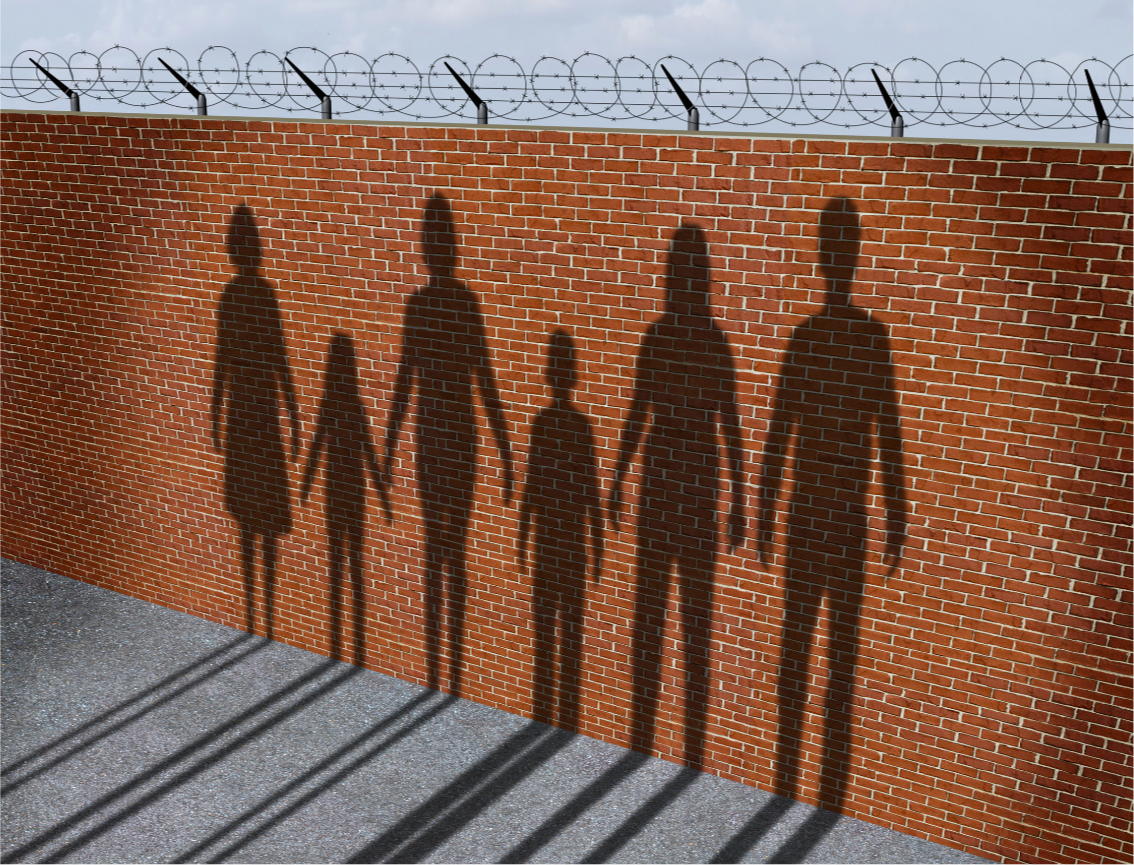With record numbers of detainees and a rising death toll, advocates warn: the system is broken—and the silence is deadly.
A deadly year in immigration detention raises urgent questions. Ethnic media and advocates uncover abuse, neglect, and disappearances behind barbed wire.
“We Are Burying Our Loved Ones Without Answers”: ACoM Briefing Exposes Crisis in U.S. Immigration Detention
It began with silence—a heavy, breathless pause—as Sandy Close of American Community Media (ACoM) welcomed ethnic media into the virtual room. But the moment the panelists spoke, the silence cracked open.
“Fifteen immigrants have died in detention this year,” said Close. “Ten of those deaths happened in the first six months. Some were suicides.”
The numbers hit like a cold wind. But numbers alone couldn’t tell the story. That’s why this ACoM briefing mattered: it transformed data into testimony. Into grief. Into warning.
The media call, co-hosted with #DetentionKills, the Immigrant Legal Resource Center, and Human Rights First, brought together three of the sharpest minds tracking detention abuse: Andrew Free, the civil rights lawyer who founded #DetentionKills; Yannick Gill, Senior Counsel for Refugee Advocacy at Human Rights First; and Heather Hogan, Policy and Practice Counsel at the American Immigration Lawyers Association (AILA).
Their message was clear: the U.S. immigrant detention system is in crisis.
A System Where People Vanish
Andrew Free began by naming the unnameable: disappearance.
At the Everglades detention facility, nicknamed “Alligator Alcatraz,” more than 1,200 immigrants are unaccounted for. Families don’t know where they are. Attorneys are stonewalled. Some may have been transferred. Others may be lost in the system. A few may be dead.
“Families are burying their loved ones without answers,” Free said. “We are documenting stories of people who disappeared—and of a system that’s designed to erase them.”
He described a man who died by suicide after being shuffled across multiple facilities without mental health care. Another died after repeated pleas for medical attention were ignored.
“These aren’t anomalies,” Free added. “They are symptoms of a system that views detention not as a last resort, but as a business model.”
Children, Cages, and Prolonged Trauma
Yannick Gill took the screen next, grounding the conversation in lived trauma. “We are seeing children subjected to prolonged detention under harmful conditions,” she said. “There are reports of overcrowding, unsanitary facilities, mold, spoiled food, and limited medical access.”
Her voice sharpened as she described the long-term psychological harm. “Detention of children—especially under the guise of ‘emergency intake’—creates trauma that lasts a lifetime. And we’re seeing more of it.”
Gill called out the legal ambiguity that lets agencies detain minors for weeks, sometimes months, beyond intended limits. “There’s no legal limit that’s meaningfully enforced. And the oversight? It’s shrinking.”
Overcrowding and the Collapse of Care
Heather Hogan spoke with the steely clarity of someone who’s been in the weeds. “We are nearing 60,000 detainees, a record number,” she said. “The system is bursting—and services are breaking down.”
Hogan detailed reports from attorneys visiting facilities: people sleeping on concrete floors, medical staff too few to meet demand, language access nearly nonexistent. “People are denied basic hygiene, let alone health care. Pregnant women are held without prenatal visits. People with chronic illnesses are given aspirin.”
The cruelty, she argued, isn’t just systemic—it’s strategic. “Diminishing transparency is not a side effect. It’s a tool. The less the public sees, the more they can get away with.”
Ethnic Media Ask: What Can We Do?
In the Q&A, reporters from ethnic media outlets asked with urgency: What can we tell our communities? How do we push back? Where are the pressure points?
Free urged them to keep asking about deaths in detention. “Ask ICE: Who died? When? Where? Why? Was there an investigation? Where is the report?”
Gill encouraged reporters to center impacted families and children. “Humanize them. Show that these are future doctors, students, caregivers. Not numbers.”
Hogan added: “We need local watchdogs. If there’s a facility near you, ask for a tour. Push your local officials to demand access. This isn’t a federal-only issue. It’s happening in your backyard.”
From Silence to Surveillance
The ACoM call made one thing chillingly clear: U.S. immigration detention is no longer just a policy issue. It is a humanitarian emergency.
And behind the fences, many are suffering in silence.
That’s why media briefings like this matter. They pull the veil back. They push public institutions to answer. And they remind all of us—advocates, journalists, and communities—that the most vulnerable among us are not invisible.
“They are dying in the dark,” said Free. “And it’s our job to turn the lights on.”
#DetentionKills #ImmigrationJustice #ACoMVoices #HumanRightsNow #EndDetentionAbuse #DHSWatch #AlligatorAlcatraz


